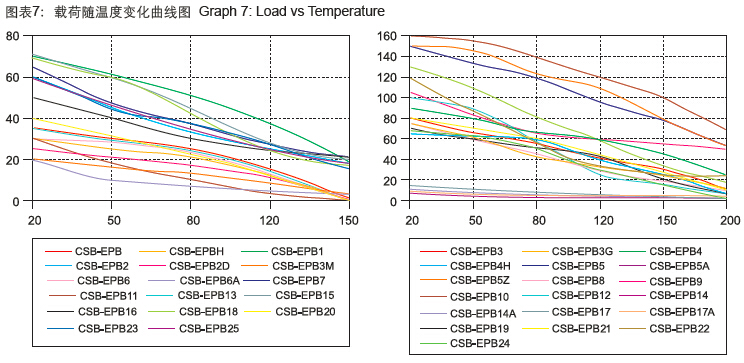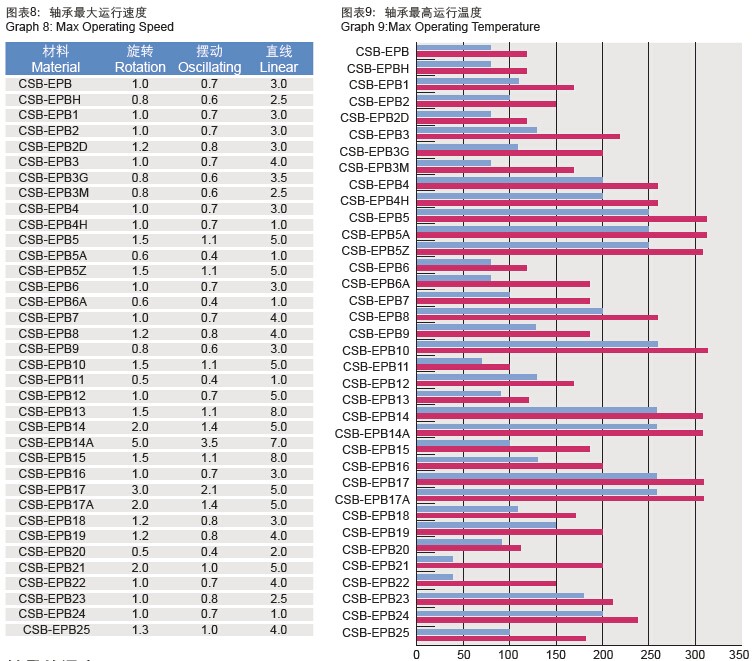
The wear resistance of the plastic sliding bearings mainly depends on the wear resistance of the bearing material itself. However, the following factors also affect on the abradabilities of bearings : the material, hardness and roughness of the grinding shaft, the speed and load of the bearing, the ambient temperature and humidity of the work environment, etc... As a manufacturer of plastic sliding bearings, CSB is constantly optimizing the wear resistance of plastic bearing materials and providing users with the correct selection guidance. It is important to follow the instructions for the selection and assembly of plastic sliding bearings showing in the product manual provided by the plastic sliding bearing manufacturers for users.
The CSB laboratory has continuously done tests and researches under various working conditions and found that the main forms of wear occurring in the operation of plastic sliding bearings are as follow:
Normal Wear——The wear of the bearing under the correct operating conditions. At this time, the wear of the bearing is mainly manifested as the result of the transfer of the lubricating substances in the bearing to the surface of the shaft at the initial stage of work. When the ideal lubrication pair is established, the wear rate of the bearing slowly decreases.
Stick-slip Wear——The two friction surfaces crawls at each other because the surface roughness of the shaft is too smooth. It leads to the lubricating material in the plastic sliding bearing cannot be transferred to fill the cavity on the surface of the shaft to form a lubricating film. That is the ideal friction pair cannot be established. The required driving force is also increased as the friction coefficient increases.
Furrow Wear——A furrow phenomenon in which the friction surface is scratched because the shaft is too rough. The flatness of the shaft surface is too low results in the lubricating substance transferred from the bearing surface cannot form an ideal smooth friction surface firmly. The abrasion that occurs at this time is essentially scratch abrasion.
Adhesion Wear——Gluing caused by exceeding the maximum operating temperature of the bearing or the shaft being too smooth (such a shaft is called a plain shaft. When the operating temperature of the bearing exceeds the allowed maximum operating temperature, the plain shaft that is attached on the bearing friction surface which has been partially softened, causes such adhesion wear.
Burned Wear——The friction surface is burned when shaft runs too fast. When the operating speed of the shaft exceeds the allowable running speed of the bearing, the temperature on the friction surface rises rapidly due to the heat generated by the friction. And the increased heat quickly burns the friction surface.
Of course, the occurrence of abrasion of plastic sliding bearings is unavoidable. In the case that the performance of the plastic sliding bearing has been determined, we can only follow the service regulations of each different type of bearings as much as possible, so as to minimize the wear of the plastic sliding bearing and maximize the performance of the plastic bearing.

